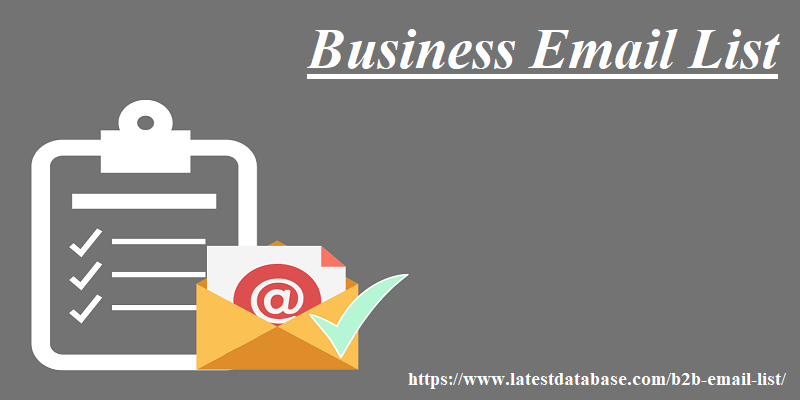Blog post length and frequency
Secret ontological library. Add these to your list. Margarita Loktionova Semrush.comOpens a new window “Analyzing search intent is another essential (yet simple) step in content optimization. Search intent is the reason why a user types a specific search query. Google prioritizes content that resonates the most with its users. So analyzing the top-ranking pages can help you: Better understand your audience Increase your chances of ranking Create content outlines faster You don’t ne any special tools to do it. Simply Google your
Target keyword and
Examine pages appearing in the top 10 results.” 5. Improve the relevance of the page Now that we have a nice list we’re ready to do semantic SEO. Not only will this improve the rankings for our target keyphrase it will help business email list the page rank for dozens of other closely relat keywords. That’s part of the idea. There are no pages that rank for only one phrase. OK! We’re ready. Time to jump in with some SEO copy its… Start with SEO basics: Title header and body text You should have no expectations for search traffic if you don’t
Indicate relevance
This is call Semantic SEO. So you ne to go beyond the target keyword. That means touching on the relat subtopics answering the relat questions. When we do this we spread out the keyphrase BX Leads relevance and indicate to the search engine that this is a high-quality comprehensive URL likely to satisfy the searchers information nes. Adding detail that is closely relat to the main topic improves Google rankings by showing the search engine that the page is inde one of the best pages for the primary keyphrase. In other words:








Leave a Comment